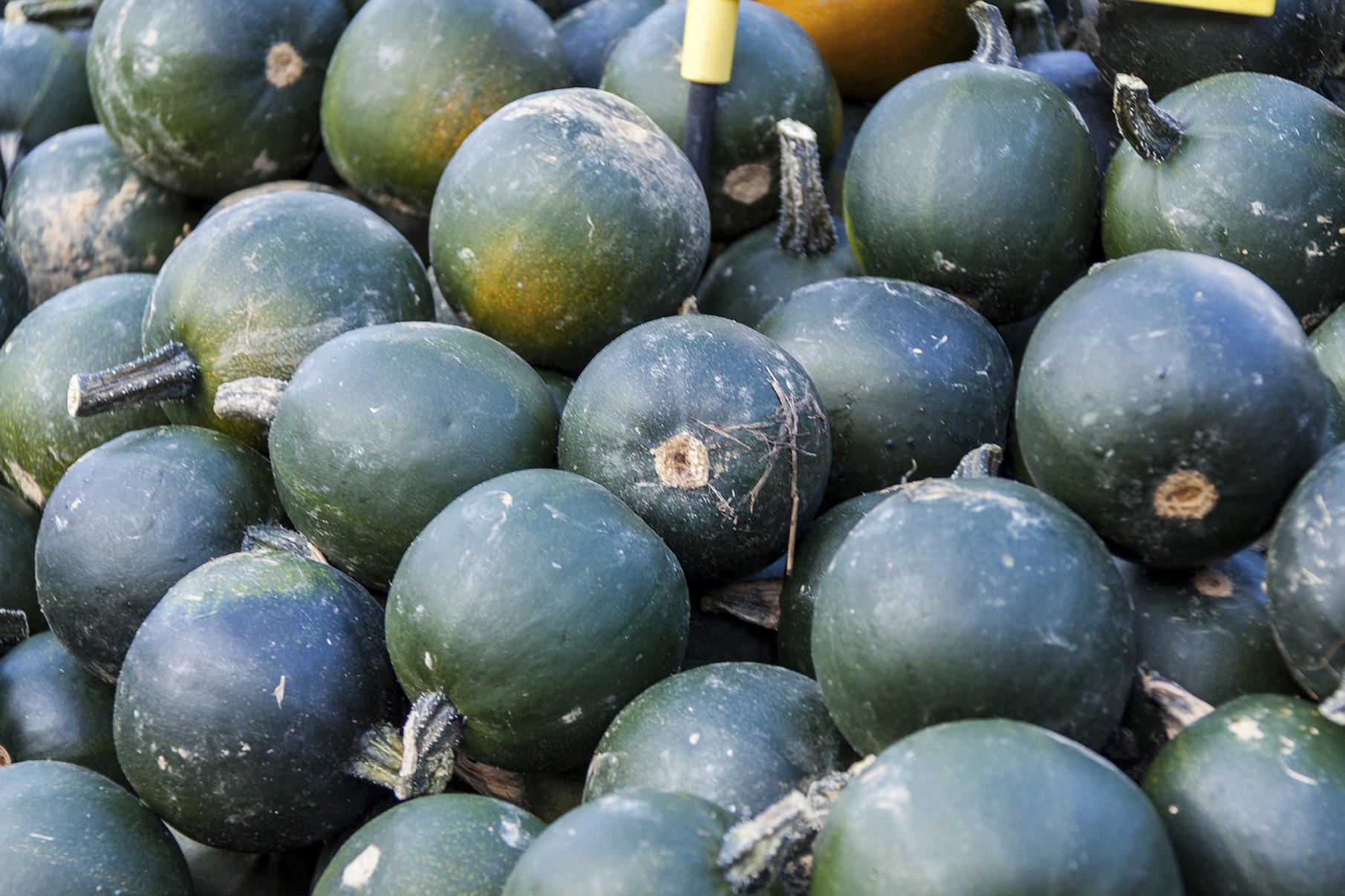Gem Squash With Cheesy, Spicy Creamed-Corn Filling
Makes 4 side-dish servings
The simplest way to enjoy gem squash is to cut one in half around the equator, place the halves cut side down in a microwave, cook on high 3 minutes, then let them sit 3 minutes before scooping out the seeds. If you want, you can add a dab of butter and bit of sweetener — or another seasoning — before eating. In Zimbabwe, the most popular preparation is stuffed with creamed corn and topped with cheddar cheese — as in this recipe found at cooksister.com.
2 gem squash
1 to 2 green onions (to taste)
1 large clove of garlic
2 teaspoons olive oil
1 can of creamed corn
1 teaspoon hot sauce of your choice (optional)
½ cup grated sharp cheddar cheese
Cut squash in half around their equators. Place cut side down in a steamer over a pot of boiling water and steam until a knife can pierce the flesh easily. Alternatively, place cut side down in a microwave and cook on high about 4 to 5 minutes; let sit a couple of minutes until done.
Remove seeds with a spoon and keep squash halves warm.
Slice onions into small rounds and crush the garlic.
Heat olive oil in a small saucepan and sauté until onions are soft and translucent but not caramelized. Turn down heat, add creamed corn and hot sauce (if using), and heat through.
Heat broiler. Place the gem squash cut side up on a baking sheet lined with aluminum foil. Fill each hollow with as much of the corn mixture as will comfortably fit. Divide cheese among the 4 squash halves, sprinkling over the corn. Heat under broiler until cheese begins to bubble and brown.




